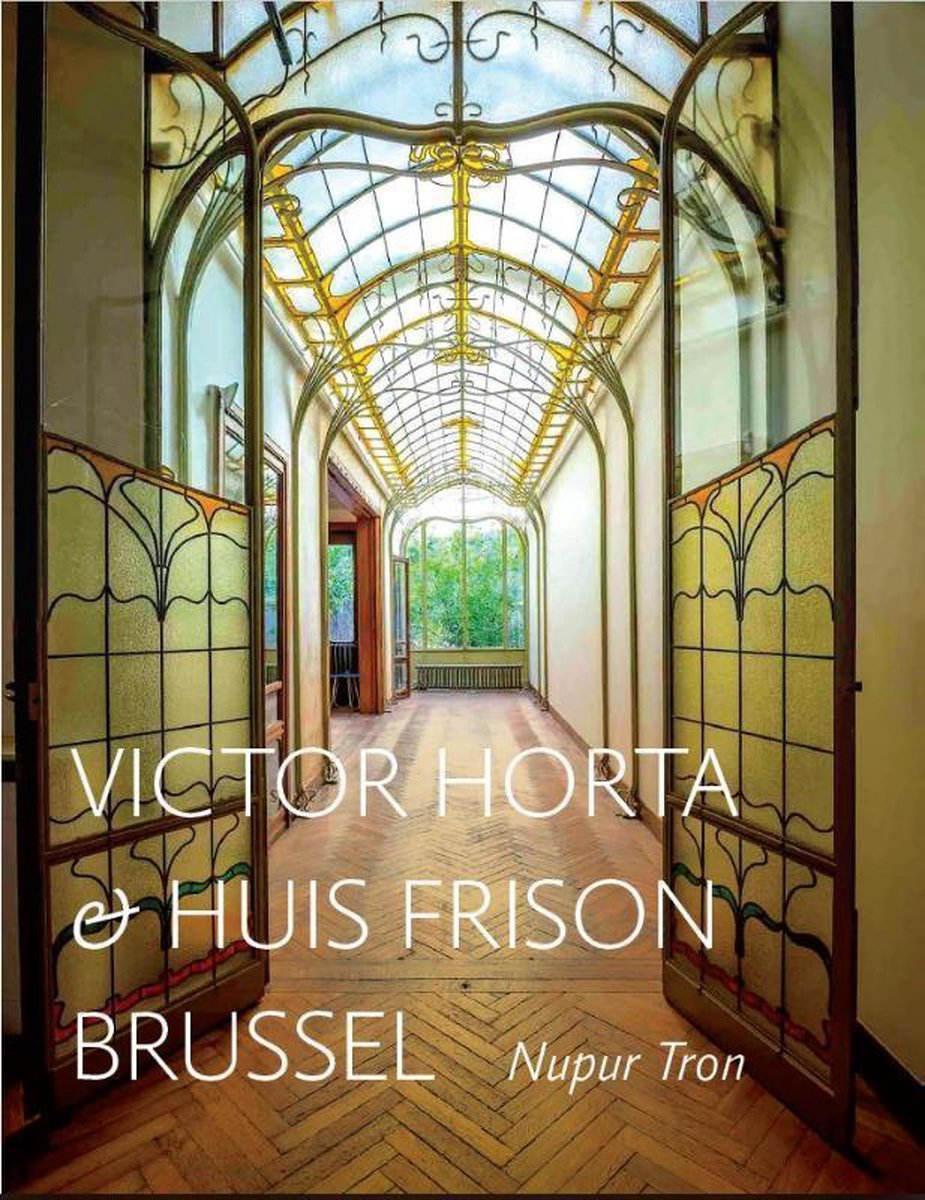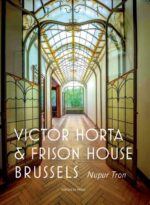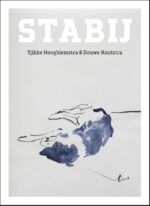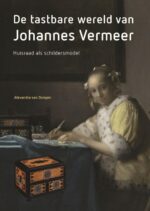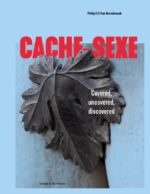Victor Horta & Huis Frison Brussel
€ 19,90
In het midden van de Lebeaustraat in Brussel, naast neorenaissance en neogotische huizen, pronkt de Art Nouveau parel van Victor Horta: het huis Frison. In 1894-1895 gebouwd in opdracht van Maurice Frison, vriend en advocaat van de architect. Horta ontwierp het huis en alle decoraties tot in de kleinste details: van de deurklinken tot de schitterende marmeren haarden, van de mozaïekvloeren tot de sierlijke trapleuning, van de wandlampen tot zelfs het traliewerk van de kelderlampen. De wintertuin is de absolute eyecatcher: het sierlijke ontwerp laat het daglicht subtiel en zachtgeel binnenstromen. Nupur Tron, auteur van dit boek én eigenares, blaast sinds enkele jaren opnieuw leven in dit schitterende pand. Ze puzzelde de lusters bijeen die ze in stukken terugvond in een van de kelders, ze liet enkele door Horta ontworpen meubelstukken restaureren en oppoetsen. Gedreven zoekt ze de nodige fondsen bijeen om het gebouw en het interieur opnieuw stap voor stap in zijn volle glorie te herstellen. Horta en het huis Frison in Brussel brengt een ode aan de architect en zijn creatie. Nupur Tron is Indiase. Ze studeerde Design, Marketing & Merchandising en Fine Arts aan het Fashion Institute of Technology in New York. Ze ontwerpt juwelen, waarbij ze oosterse en westerse stijlen combineert.
Gerelateerde boeken
-
Victor Horta and the Frison House in Brussels
€ 19,90In the middle of the Lebeaustraat in Brussels, sandwiched between neo-Renaissance and neo-Gothic houses, stands an Art Nouveau jewel designed by Victor Horta: the Frison House. It was
commissioned by Maurice Frison, a lawyer and friend of the architect, and was built in 1894-1895. Horta designed not only the house, but also all its furniture and decoration, right down to the smallest detail: from door handles to marble fireplaces, from mosaic floors to elegant banisters, from wall lamps to the gratings for the cellar openings. The absolute eyecatcher is the winter garden, whose elegant design allows soft yellow light to flow subtly into its perfectly proportioned space.Nupur Tron is the author of this book and owner of the house. In recent years, she has breathed new life back into Horta’s masterpiece. She pieced together bits of the old chandeliers she found in one of the cellars. She had items of furniture designed by Horta lovingly restored. With great passion, she continues to search for the funds that will allow her to restore the entire house to its former glory, one step at a time.
Horta and the Frison House in Brussels is an ode to the architect and his creation.
Nupur Tron is from India. She studied Design, Marketing & Merchandising and Fine Arts at the Fashion Institute of Technology in New York. She designs jewellery, in which the different styles of east and west meet in harmony.
-
Stabij
€ 17,90Tjibbe Hooghiemstra (beeldend kunstenaar) en Douwe Kootstra (schrijver en verteller) zijn gek op stabijs. Tjibbe heeft al jaren zulke honden. Die inspireerden hem tot een uitgebreide serie tekeningen.
Los van de verbeeldingen van Tjibbe schreef Douwe verhalen die één overeenkomst hebben: een stabij speelt de hoofdrol. De mix van beeld en tekst maakt Stabij tot een bijzonder boek. Geen hondenboek in de klassieke zin maar een ode aan de mens in de hond.
-
-
Cache-sexe
€ 34,90This book asks why humans through history have covered their genitals and worn a cache-sexe. Does the cache-sexe merely provide protection, or is it an instrument to draw attention? Can the cache-sexe be used to stimulate certain thoughts? Why does not wearing a cache-sexe provoke shame one society but not in another? Are nudity and nakedness the same?
On his quest to answer these questions, the author takes the reader on a review of the anatomy of the female and male genitals and reflects on how this part of the human body has been perceived over time and in various cultures. The different types of male and female cache-sex are discussed with reference to comprehensive illustrations based on unique and sometimes previously unpublished examples of cache-sexes and photographic documentation. The book also pays attention to the covering of the ‘backside’. Following this 360° exploration of the use of the cache-sexe, the place of the cache-sexe in art and fashion is uncovered.
Philip Van Kerrebroeck is an urologist and professor emeritus of Urology at the University of Maastricht. Born in Leuven (Belgium), he trained in Surgery and Urology in Brussels, Utrecht, Nijmegen and San Francisco. Over the years, he has also developed an interest in the history of urology and cultural anthropology. He is currently chairman of the History Office of the European Association of Urology (EAU).
